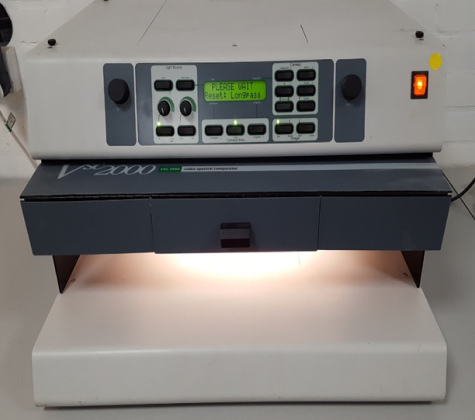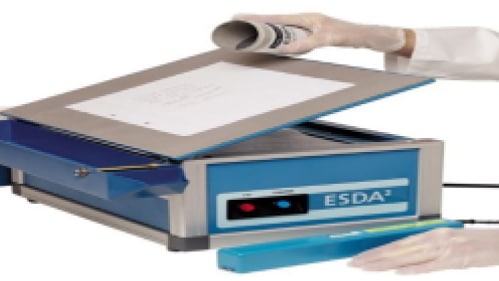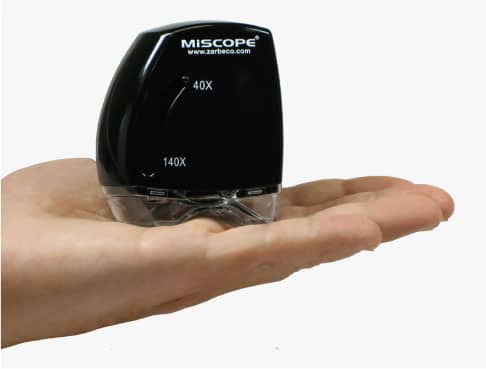Our Laboratory
INSTRUMENTS AND LIBRARY
This Includes:
A VSC is an imaging device that allows the analysis of the following:
Inks and paper
Visualization of hidden security features
Reveals alterations in a document
Detects erased information
Exposes obliterated writings
Highlights embossed stamps for easier
Exposes tampering and retouching

An Electrostatic Detection Apparatus (ESDA) is an important tool for document examiners who retrieve intended writings. This instrument creates an electrostatic image of indented writings, which are developed with charge-sensitive toners. This instrument uses a non-destructive process to examine documents and produces permanent transparencies.

This equipment is used to examine and decipher indented writing impressions.


The wide field of view and great depth of focus makes it an ideal instrument for determining the following:
Erasures or alterations by comparing printed matter
The chronological sequence of intersecting strokes
In-depth examination of creases, ridges, or folds in the paper
Identifying the type of pen used for handwriting
Detecting forgeries
Helps demonstrate evidence to others not trained in the use of the microscope
Its construction provides a long working distance between the objectives and the object under
observation, which is a distinct advantage of document examination.
Measuring Tools

Ultraviolet Lamp
Chemical erasures
Alterations
Differentiate between inks and papers
Reveal obliterated materials
Examine delicate stains due to artificial aging
Differentiate different types of paper.
Digital Imaging System
FORENSIC QD SERVICES is equipped with digital photography equipment (Nikon 3500 Digital Camera), a Micro-Star (MSI) computer including image processing software (AdobePhotoshop7.0, CorelDRAW, MATLAB 7.10.0, and Picasa), a high-resolution printer, and a scanner.
Supplementary Equipment
FORENSIC QD SERVICES utilizes numerous magnifying devices, including 40x, 30x, and 20x, a lightbox, protractor calipers, and a slope protractor.
